Arts
Traditional Crafts and Modern Art: Bridging the Gap

In the evolving landscape of art, the intersection of traditional crafts and modern art offers a fascinating study of how ancient techniques and contemporary creativity can coalesce to create innovative and meaningful works. This fusion not only preserves cultural heritage but also adapts it to contemporary contexts, ensuring its relevance in today’s fast-paced world.
The Essence of Traditional Crafts
Traditional crafts are deeply rooted in the history and cultural practices of various societies. These crafts, whether it’s weaving, pottery, metalworking, or woodworking, are passed down through generations, embodying the skills, values, and aesthetics of their communities. For instance, Fijian arts and crafts are renowned for their intricate patterns and textures, which tell stories of the islands’ rich heritage and natural beauty.
Craftsmanship involves more than just creating decorative items; it is a holistic process that includes sourcing natural materials, employing time-honored techniques, and embedding personal and communal narratives into each piece. This tactile connection between creator and creation is what gives traditional crafts their unique essence and enduring appeal.
Modern Art’s Influence
Modern art, on the other hand, is characterized by its break from tradition and its embrace of new ideas, materials, and techniques. Artists in the modern era are not bound by the constraints of traditional methods and often experiment with abstract concepts, digital technology, and interdisciplinary approaches to art. This innovation opens new avenues for artistic expression and social commentary, allowing artists to address contemporary issues through their work.
Bridging the Gap
The merging of traditional crafts and modern art is not just about juxtaposing old and new but about creating a dialogue between them. This dynamic exchange fosters innovation while honoring the legacy of traditional techniques. For example, Anuvad Innovation Studio in India exemplifies this fusion by integrating traditional textile crafts with modern e-textile technology, producing innovative artifacts that are both functional and aesthetically pleasing.
Similarly, the Arrowmont School of Arts and Crafts highlights the work of contemporary artists who blend traditional craft practices with modern artistic sensibilities. This approach not only revitalizes traditional methods but also makes them relevant to younger generations and new audiences.
Contemporary Applications
In contemporary applications, traditional techniques are often reimagined to fit modern aesthetics and functionality. For instance, the use of digital fabrication in woodworking or the incorporation of sustainable practices in textile arts are ways in which traditional crafts are being adapted to meet today’s needs. This blending of old and new can result in products that are not only beautiful but also sustainable and socially relevant.
The bridge between traditional crafts and modern art is a testament to the resilience and adaptability of human creativity. By combining the best of both worlds, artists and artisans create works that honor the past while embracing the future. This fusion enriches the artistic landscape, offering a vibrant tapestry of creativity that reflects both heritage and innovation. As society continues to evolve, the dialogue between tradition and modernity will undoubtedly inspire new forms of artistic expression and cultural preservation.
Arts
The Intersection of Technology and Art in the U.S. Virgin Islands
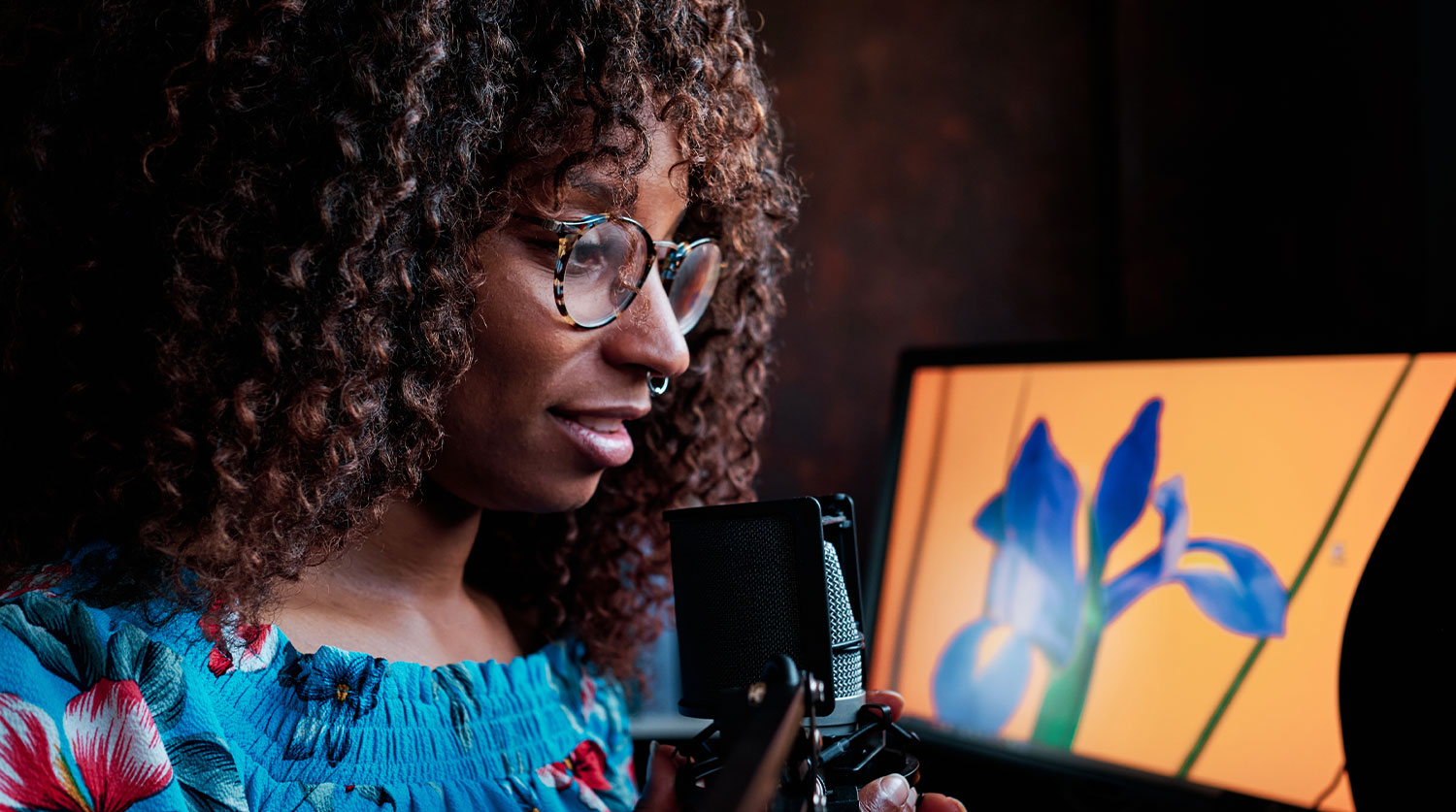
The U.S. Virgin Islands has long been known for its stunning landscapes, rich culture, and vibrant artistic traditions. In recent years, the territory has experienced a notable shift, as technology and art increasingly intertwine, creating new opportunities for artists and reshaping the creative landscape. This intersection of technology and art in the U.S. Virgin Islands is not only enhancing artistic expression but also playing a pivotal role in driving cultural innovation and economic growth.
The Role of Digital Tools in Art Creation
Advancements in digital technology have provided local artists with tools that expand their creative capabilities. Digital painting, graphic design, and 3D modeling software allow artists to experiment with new styles and forms. The accessibility of these tools enables even novice creators to develop digital masterpieces, breaking down traditional barriers to entry. In the U.S. Virgin Islands, this has led to a rise in digital art forms that showcase the islands’ rich heritage in ways previously unimaginable.
Local artists have embraced platforms like Adobe Creative Cloud and Procreate to create stunning digital illustrations that often reflect the natural beauty and vibrant culture of the islands. These creations are not confined to galleries—they are frequently shared via social media platforms, providing global exposure to local talent.
Virtual and Augmented Reality in Artistic Expression
One of the most exciting developments in the fusion of technology and art in the U.S. Virgin Islands is the exploration of virtual reality (VR) and augmented reality (AR). Artists and designers are leveraging these technologies to create immersive experiences that transform the way people interact with art. Virtual galleries and exhibitions allow art enthusiasts from around the world to explore USVI-based artwork from the comfort of their own homes.
Some artists have started incorporating AR into public spaces, where viewers can interact with murals and sculptures through mobile apps. This technology adds layers of depth and interactivity to traditional art forms, offering an enriched experience that engages both locals and tourists. These interactive experiences also serve as a new method for cultural storytelling, blending history, art, and technology in a way that captures the imagination.
Technology as a Platform for Collaboration
Technology has also opened the door for greater collaboration among artists, both within the U.S. Virgin Islands and beyond. Online platforms such as Behance and Instagram have created a global stage where local artists can showcase their work, collaborate with international creators, and attract new audiences. These platforms foster a sense of community and enable knowledge-sharing that helps artists stay at the forefront of new techniques and trends.
Collaboration between artists and tech developers is becoming increasingly common, leading to innovative projects that fuse art with digital media, software development, and even artificial intelligence (AI). These projects not only push the boundaries of artistic expression but also create opportunities for education and engagement, particularly for younger generations interested in both art and technology.
Economic Impact of the Art-Tech Intersection
As technology and art continue to merge, the economic potential of this intersection is becoming more apparent. The creative economy in the U.S. Virgin Islands has the opportunity to thrive as artists utilize technology to scale their businesses. Digital tools and platforms provide new avenues for selling art, whether through online marketplaces or NFTs (non-fungible tokens), which have become a significant trend in the global art world.
Moreover, as the U.S. Virgin Islands positions itself as a hub for digital innovation, the fusion of art and technology could attract tech-savvy tourists, investors, and digital nomads. This influx of interest could further stimulate the local economy, providing artists with more opportunities to commercialize their work and connect with international markets.
The Future of Art and Technology in the USVI
Looking ahead, the potential for growth at the intersection of technology and art in the U.S. Virgin Islands is immense. With continued advancements in digital tools, VR, AR, and AI, local artists are poised to push the boundaries of what is possible. Educational initiatives that emphasize the importance of both technology and the arts will be essential in nurturing the next generation of creative minds.
Government initiatives that support the integration of technology into the arts could further boost this evolving sector. By investing in infrastructure, education, and technological resources, the U.S. Virgin Islands can continue to position itself as a leader in the global creative economy, where art and technology converge in unique and innovative ways.
The fusion of technology and art in the U.S. Virgin Islands represents a transformative period for local artists and the creative economy. From digital tools and platforms that enhance artistic expression to immersive VR and AR experiences, this intersection is driving innovation and offering new opportunities for collaboration and economic growth. As the U.S. Virgin Islands embraces this fusion, it sets the stage for a future where art and technology are not just intertwined but are essential components of cultural and economic development.
Arts
Art Therapy Programs in the Virgin Islands
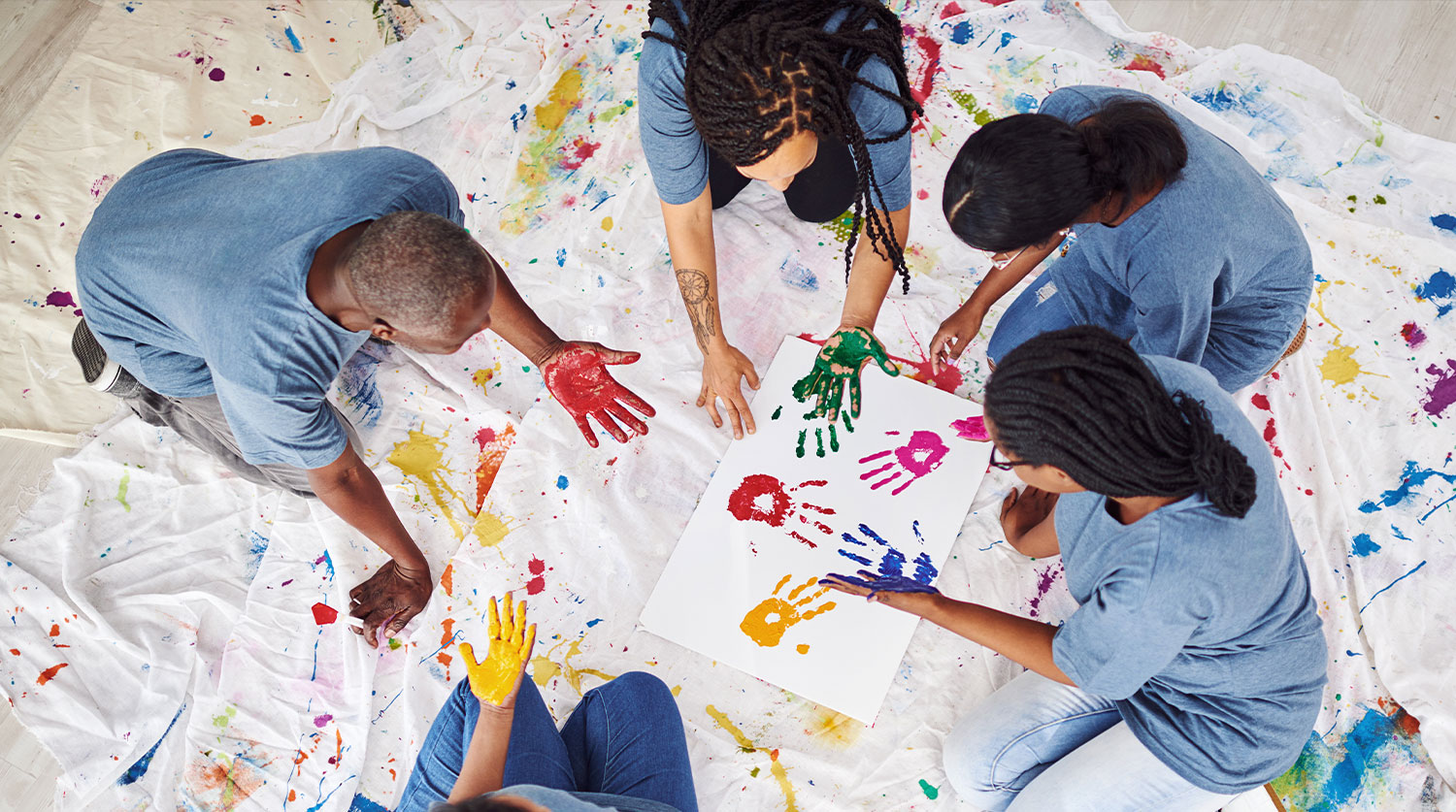
Art therapy is becoming an essential tool for promoting mental health and well-being across the U.S. Virgin Islands (USVI). As a therapeutic practice that blends creativity with psychological healing, art therapy programs have emerged as a vital resource for those seeking alternative forms of mental health treatment. These programs, designed to help individuals process emotions and overcome challenges, are particularly valuable in regions where access to mental health care may be limited.
The Growing Need for Mental Health Support in the USVI
Mental health concerns have been on the rise in many parts of the world, and the U.S. Virgin Islands are no exception. Natural disasters, such as hurricanes Irma and Maria in 2017, and the ongoing impacts of the COVID-19 pandemic have significantly affected the emotional well-being of residents. Many have experienced trauma, loss, and anxiety. In response to these challenges, art therapy programs have gained momentum, offering an innovative and holistic approach to addressing mental health needs.
The integration of art into therapy allows individuals to express feelings that may be difficult to communicate verbally. Whether dealing with grief, anxiety, or post-traumatic stress disorder (PTSD), art therapy provides a safe space for emotional exploration. This approach can be especially effective for children and adolescents who may struggle to articulate their emotions through conventional means.
Key Benefits of Art Therapy
Art therapy offers numerous benefits for individuals facing a range of mental health challenges. Some of the most notable advantages include:
- Emotional Expression: Art therapy provides a non-verbal outlet for expressing complex emotions such as fear, anger, or sadness.
- Stress Reduction: Engaging in creative activities has been shown to reduce stress and promote relaxation. This can be particularly helpful for individuals dealing with anxiety or chronic stress.
- Improved Self-Esteem: Through the process of creating art, individuals often experience a boost in self-esteem and a sense of accomplishment.
- Trauma Recovery: For those who have experienced trauma, such as survivors of natural disasters or violence, art therapy offers a constructive way to process traumatic experiences and foster healing.
- Cognitive Development: Particularly for younger participants, art therapy helps improve cognitive functions, such as problem-solving skills and emotional regulation.
Art Therapy Programs in the U.S. Virgin Islands
Several organizations and local therapists are working to expand access to art therapy in the U.S. Virgin Islands. These programs are designed to address the specific needs of the community, from children struggling with behavioral issues to adults managing stress or trauma.
One notable program is the Art Explorers Workshop held in St. Thomas, which offers workshops for individuals of all ages. The program focuses on using various artistic mediums—such as painting, drawing, and sculpture—to foster emotional expression and build coping skills. Local schools have also begun incorporating art therapy into their curriculum to support students facing academic and personal challenges.
Additionally, mental health professionals in the USVI are increasingly incorporating art therapy techniques into their treatment plans. Licensed therapists work with individuals in one-on-one or group settings, tailoring sessions to meet the unique needs of each participant. Many therapists utilize techniques such as drawing, painting, or even photography, allowing patients to explore their thoughts and feelings creatively.
Art Therapy for Community Healing
Art therapy is not only beneficial on an individual level, but it also has the potential to strengthen communities. Group art therapy sessions, for example, can foster a sense of connection among participants, promoting social bonds and collective healing. This has been particularly valuable in the U.S. Virgin Islands, where residents often rely on community support during times of hardship.
Art therapy programs have also been instrumental in helping island residents cope with the lingering emotional effects of natural disasters. Through the creative process, many participants find a sense of hope and resilience, enabling them to rebuild their lives emotionally, as well as physically.
How to Get Involved
For those interested in exploring art therapy in the U.S. Virgin Islands, there are several ways to get involved. Local clinics, mental health organizations, and educational institutions often offer workshops or classes. It is also possible to seek out licensed art therapists who provide one-on-one sessions tailored to individual needs.
Moreover, volunteering or donating to organizations that provide art therapy services can help ensure that these programs continue to grow and reach more people in need. The success of art therapy in the USVI demonstrates the power of creative expression in fostering emotional well-being, offering a unique and valuable resource to the community.
Art therapy programs in the U.S. Virgin Islands are making a significant impact, helping individuals and communities heal through creative expression. With the continued growth and support of these programs, art therapy is set to become an increasingly vital component of mental health care in the region. Whether through personal participation or supporting local initiatives, art therapy offers an opportunity for emotional healing and resilience across the islands.
By exploring the benefits of art therapy, residents of the U.S. Virgin Islands can discover new ways to express their emotions, cope with trauma, and build a stronger, healthier community.
Arts
The Influence of Nature on Art in the U.S. Virgin Islands
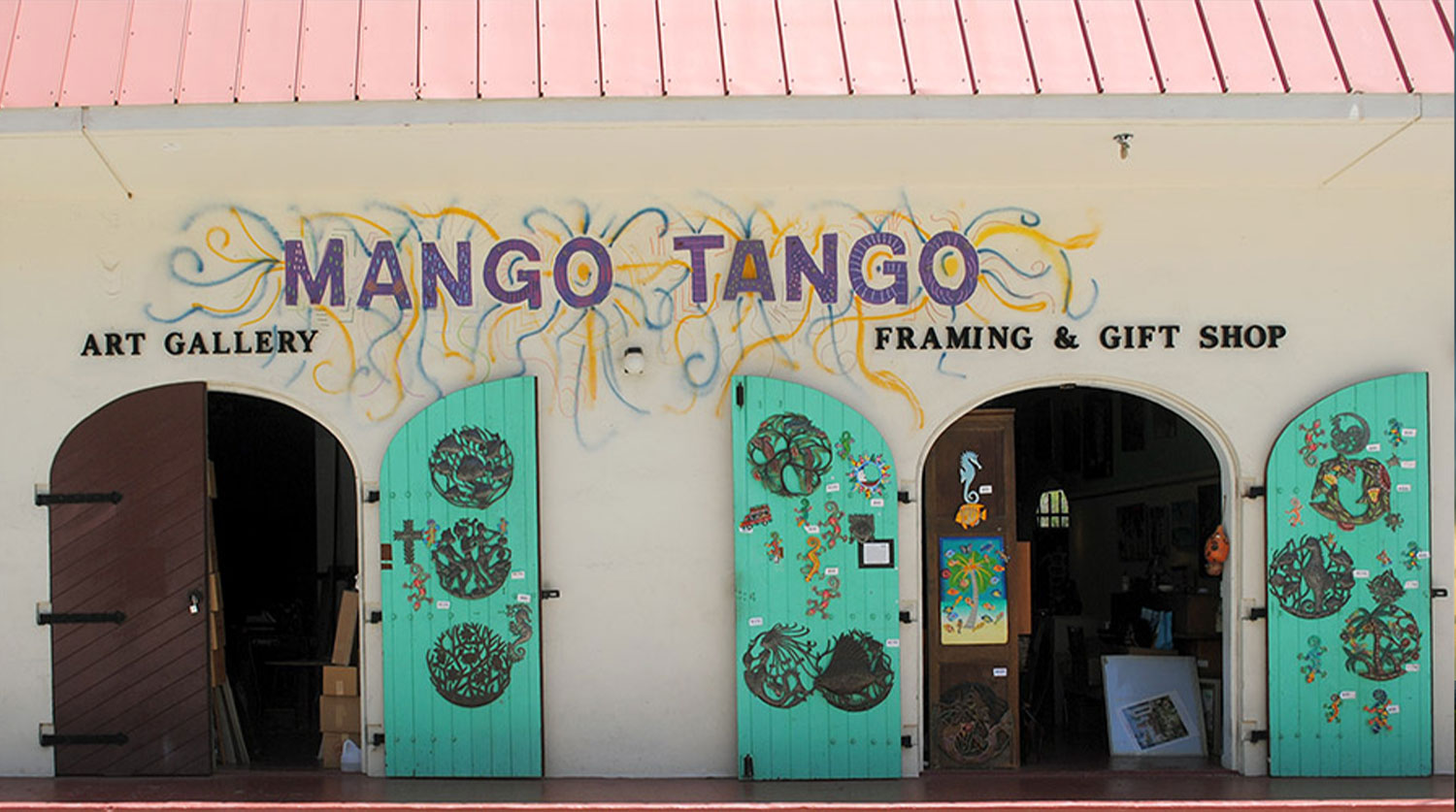
The breathtaking natural beauty of the U.S. Virgin Islands has long served as a profound source of inspiration for local artists. From the vibrant hues of the Caribbean Sea to the lush greenery of the islands’ tropical forests, the natural surroundings play an integral role in shaping the artistic expression of those who call the islands home. The rich cultural and environmental diversity of the islands blends seamlessly, fostering an art scene deeply intertwined with nature.
The Colors of the Caribbean
One of the most prominent aspects of Virgin Islands art is the use of bold, vivid colors. The bright blues, greens, and turquoises of the sea, combined with the vibrant pinks, purples, and reds of tropical flowers, influence artists in a way that few other places can. Whether it’s painting, sculpture, or mixed media, the palette of the Caribbean is ever-present. This connection to the environment can be seen in various art forms, ranging from traditional crafts to contemporary works displayed in galleries across St. Thomas, St. John, and St. Croix.
Nature isn’t just the inspiration—it becomes a character in the artwork itself. Local artists often reflect their environment not only in the colors they use but also in the subjects they portray. Seascapes, tropical flora, and marine life are popular themes that reflect the natural beauty of the islands, with many artists choosing to work en plein air, directly within the landscapes they seek to capture.
Local Artisans and Eco-Friendly Creations
The influence of nature in the U.S. Virgin Islands extends beyond the visual to the material. Many local artisans are committed to sustainability, using natural, locally sourced materials in their creations. From sea glass jewelry to sculptures made from driftwood, Virgin Islands artists are not only inspired by their surroundings—they actively incorporate them into their works. This trend toward eco-conscious artistry reflects a deep respect for the environment and a desire to preserve the natural beauty that inspires their creativity.
Artists like Avelino Samuel, a woodturner from St. John, are notable for their use of locally sourced materials. Samuel’s intricate wooden bowls, sculptures, and vases are created from indigenous woods such as mahogany and genip, further solidifying the connection between the art and the island’s natural resources.
Cultural and Environmental Themes
The natural world of the U.S. Virgin Islands is intertwined with the culture and history of its people, and this relationship often surfaces in local artwork. Artists frequently explore themes of conservation, sustainability, and environmental stewardship. The islands’ coral reefs, which face threats from climate change and human activity, have become a common motif in both contemporary and traditional art. For many artists, their work serves as both a tribute to the islands’ beauty and a call to protect it.
Local festivals, such as the annual St. John Arts Festival and the St. Croix Carnival, provide a platform for artists to display their works, which often highlight the interconnectedness of nature and culture. The festivals also help raise awareness of environmental issues and promote efforts to preserve the islands’ unique ecosystems.
Contemporary Art in the U.S. Virgin Islands
In recent years, the art scene in the U.S. Virgin Islands has expanded beyond traditional forms to include contemporary expressions influenced by the natural landscape. Artists such as Elisa McKay and Monica Marin use mixed media to explore the relationship between nature and human existence. Their works, which incorporate found objects and natural materials, push the boundaries of traditional island art while still maintaining a connection to the environment.
Moreover, galleries and cultural centers throughout the islands have become hubs for both local and visiting artists to explore these themes. The Caribbean Museum Center for the Arts in St. Croix and the Mango Tango Art Gallery in St. Thomas are key venues where nature-inspired works are frequently showcased, bringing the beauty and ecological importance of the Virgin Islands to the forefront of artistic discourse.
The natural environment of the U.S. Virgin Islands plays a vital role in shaping the artistic landscape of the region. The islands’ vibrant colors, diverse ecosystems, and cultural heritage serve as a constant source of inspiration for artists, who reflect their deep connection to nature in their works. From sustainable, eco-friendly creations to vivid depictions of marine life and tropical landscapes, Virgin Islands art is a celebration of the natural world that surrounds it. As environmental concerns grow, this connection between art and nature has become even more significant, with local artists using their works to both celebrate and protect the unique beauty of the islands.
By blending nature with creativity, artists in the U.S. Virgin Islands create a powerful narrative that showcases the islands’ stunning environment while calling attention to the need for its preservation. As a result, art in the Virgin Islands is not just a reflection of beauty—it is a commitment to environmental stewardship and cultural expression.
-

 Education1 year ago
Education1 year agoEducation Board Seeks Input on Schools Through Comprehensive Survey
-
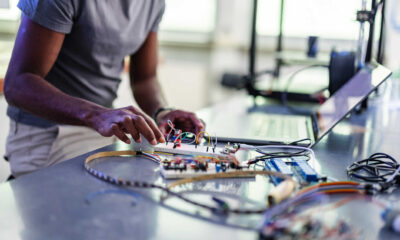
 Education2 years ago
Education2 years agoCTE Board Enthusiastic About New Curriculum Standards, Yet Anxious Over Apprenticeship Support
-
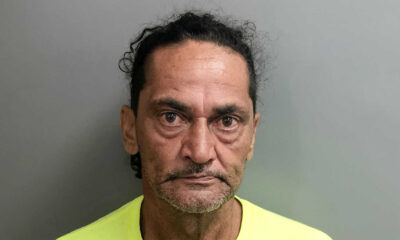
 Crime2 years ago
Crime2 years agoRegistered Sex Offender Detained for Illegal Firearm Possession During Annual Surveillance Drive
-

 Development1 year ago
Development1 year agoCosts Surge as Donoe Estates Housing Project Resumes with New Contractor
-
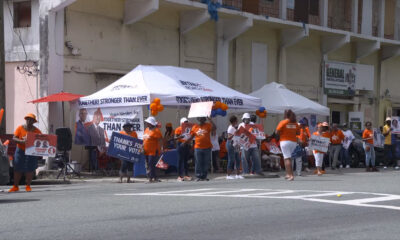
 Videos3 years ago
Videos3 years ago2022 Gubernatorial Election: Voters Speak Out
-
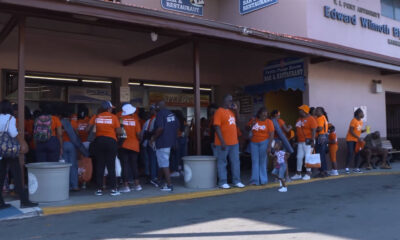
 Videos3 years ago
Videos3 years agoGubernatorial Teams Celebrate St. Croix’s Bull & Bread Day
-

 Videos3 years ago
Videos3 years agoWakanda’s Female Might: A Dive into ‘Black Panther: Wakanda Forever’
-

 Crime2 years ago
Crime2 years agoSt. John’s Westin Resort Scene of Armed Robbery, Prompting Heightened Police Vigilance




